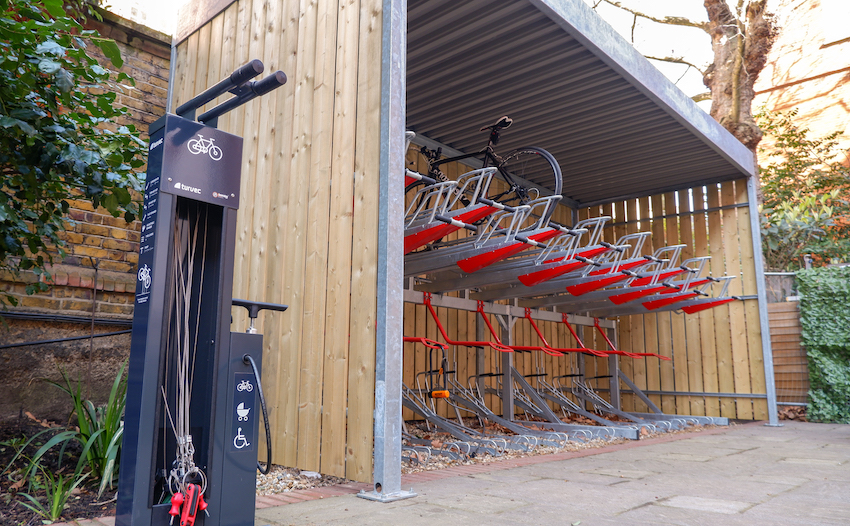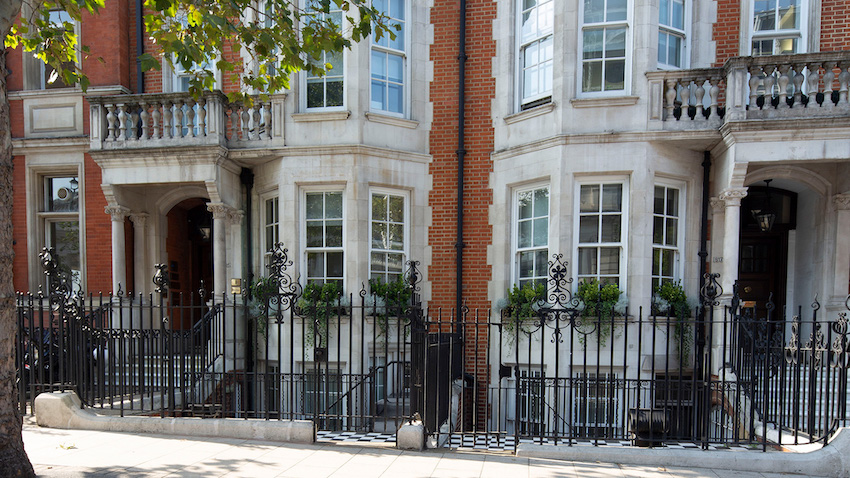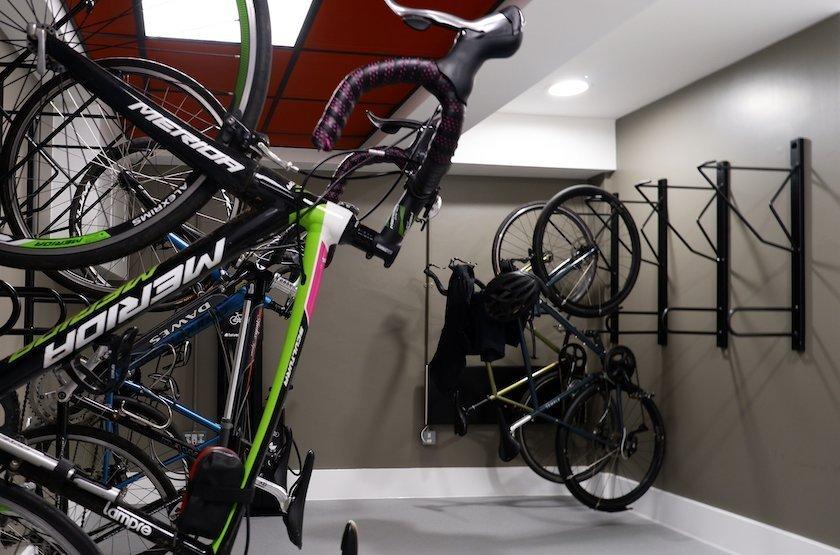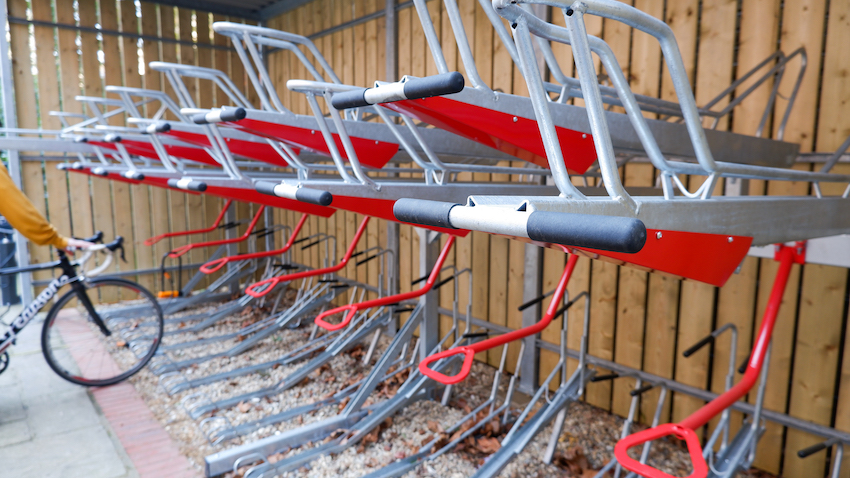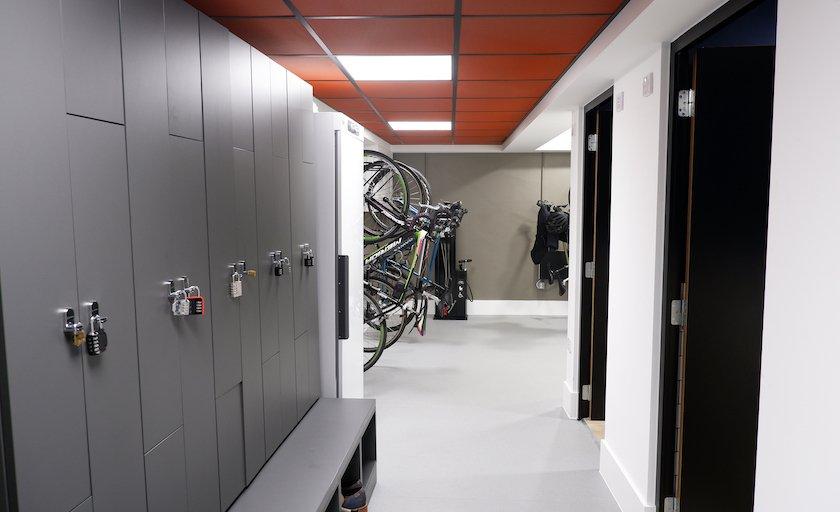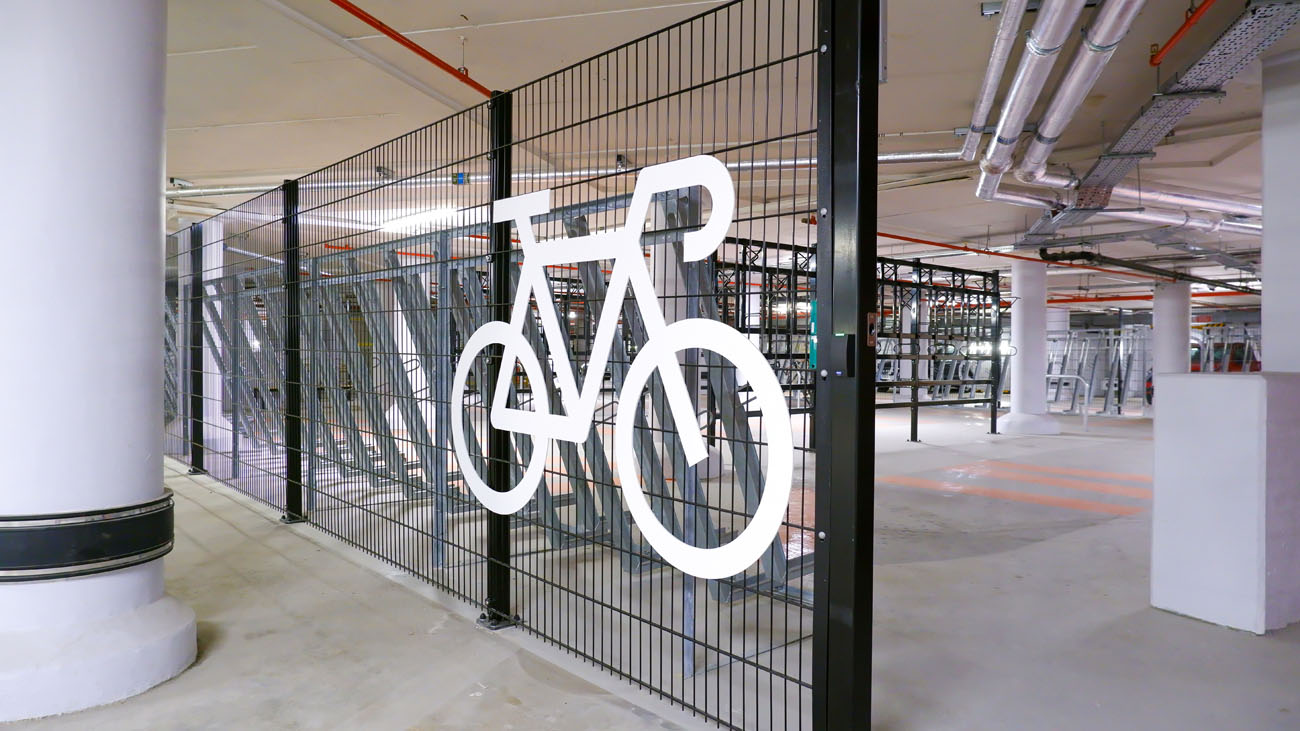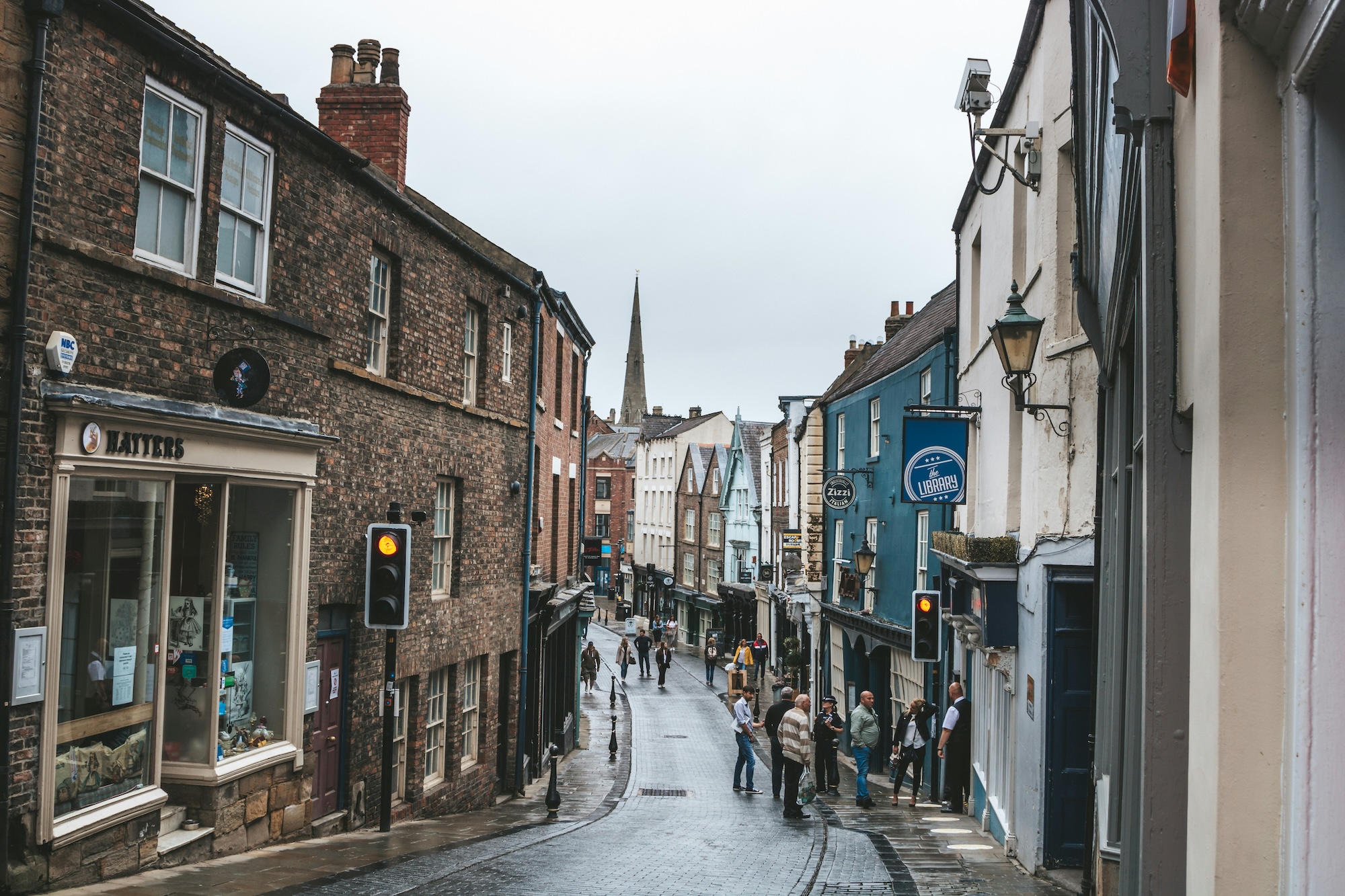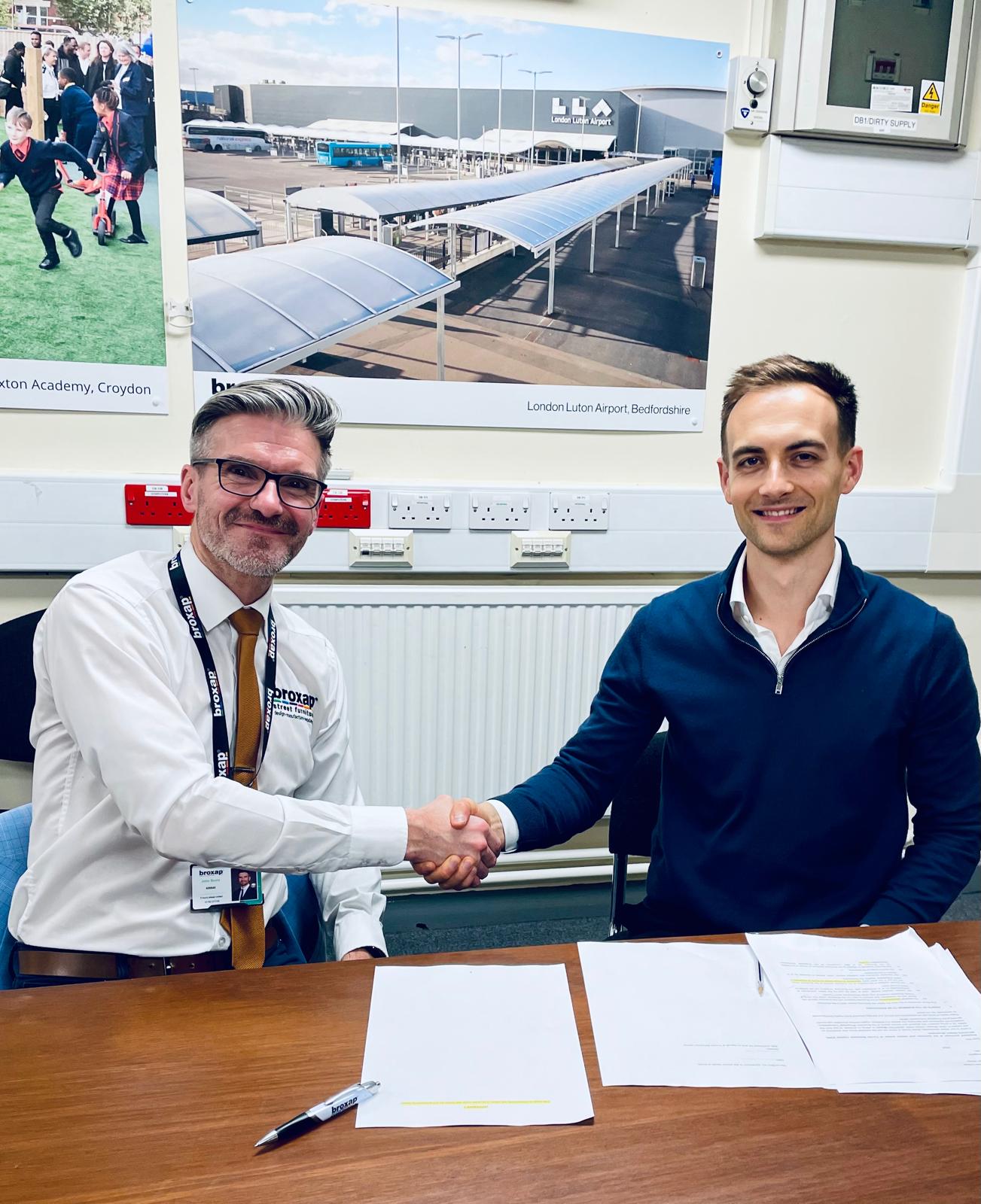End-of-trip facilities – part of the net zero plan
Cycle parking and active travel facilities are not always included in the discussion of net-zero buildings.
Yet there are signs this is changing. A recent report from the British Council of Offices has called for cycle parking to play a wider part in businesses ESG policies.
End-of-trip facilities have an important part in achieving net zero, as they sit between both the construction and the subsequent wider behavioural change of employees commuting habits.
When refurbishing buildings to improve energy efficiency and sustainability, considering the impact cycle parking has on an employee’s willingness to use active travel is vital.
Here’s an overview and a two typical case studies of retrofitting cycle parking facilities to period properties.
Case Study: Buckingham Palace Road
Buckingham Palace Road is a period terrace with converted offices. It is typical of west-end London streets, with characteristic period features.
The problem for active travellers was no secure parking space for cycle storage, leaving bikes being on the street or cluttering corridors.
To help provide tenants with a higher capacity and more secure parking solution, Grosvenor got in touch to install a shelter that would suit the building’s existing character.
Grosvenor appointed Turvec to provide a shelter that was sympathetic to the existing facade and courtyard.
Using the courtyard area behind the offices, an open fronted timber shelter was installed to house two-tier bike racks. This created high density, covered and secure storage.
Adding a bike repair station and pump is a low-cost way of providing services for those choosing to cycle to work.
